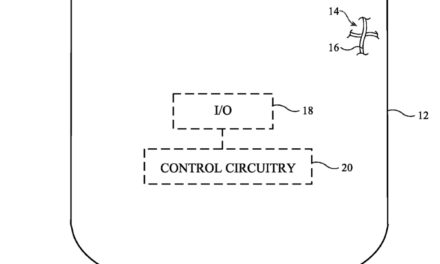Demand for warehousing facilities has been steadily increasing thanks to the strength of international trade and the continual growth of e-commerce.
With customer expectations for rapid delivery rising, warehouses are struggling to process the increased volumes of goods passing through facilities in time. The problem is compounded by labor shortages and staffing challenges.
The need to adopt technology to alleviate these issues is driving significant investment in Augmented Reality (AR), voice-directed solutions, and Real-Time Location Systems (RTLS) for workforce analytics. By 2025, global spending on AR in warehousing will reach over US$23 billion, US$3.3 billion will be spent on voice solutions, and RTLS will grow to 500,000 implementations for people tracking across all verticals, according to ABI Research (www.abiresearch.com).
“Fulfilling higher order volumes is difficult when warehouses are struggling to hire and maintain staff, and automation is cost-prohibitive for many distributors,” said Nick Finill, senior analyst at the research group. “Warehouses are therefore increasingly using digital tools that can empower the human worker, deliver efficiency gains, and also reduce the time it takes to onboard new or temporary staff.”
AR is finally starting to gain mass appeal in industrial sectors, thanks to maturing technologies and demonstrable ROI from early adopters. Voice-directed solutions represent a considerably older technology but are also undergoing a technological revolution thanks to deep learning-based voice recognition that vastly improves ease-of-use and reliability. These solutions are both being leveraged to assist the warehouse workforce by providing operational instructions in a clear and hands-free way.
The drive for digitally-enabled workforce productivity in the warehouse is incorporating the human worker into the Internet of Things at a rapid pace. The increased use of RTLS technologies, such as Bluetooth Low Energy, Wi-Fi tracking, and RFID, are allowing warehouse operators to analyze productivity of the workforce, as well as the movement of physical assets. Workers can be monitored in a way that respects privacy while generating valuable operational data that can drive workforce efficiency over time.
Companies such as RealWare, Kontakt.io, Panasonic, Lucas Systems, and TopSystem are providing warehouses with a wide range of technology solutions that can provide incremental advantages. Driving productivity in this way can be an attractive alternative to more expensive automation projects, which is a concurrent trend in warehousing with the potential to transform operations in the longer term.
“The combination of multiple devices and technology solutions can have a positive compound effect on workforce productivity,” said Finill. “However, companies must be smart about how they integrate multiple technical solutions within the same stack to ensure they remain complementary and ROI is maximized.”




